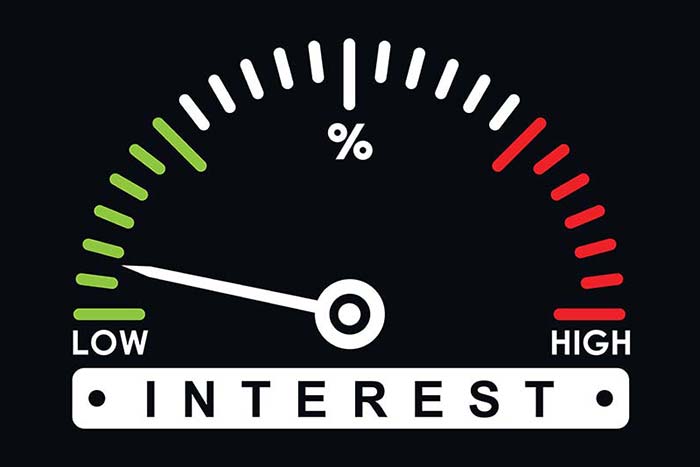Editor’s Note: Chief Income Strategist Marc Lichtenfeld is presenting at our prestigious Private Wealth Seminar on Cape Cod this week, so today, I’m sharing a guest column written by our trusted colleague Karim Rahemtulla from Monument Traders Alliance.
Like Marc, Karim focuses on conservative income strategies and keeps a close eye on the Fed’s moves. I even invested in a few of Karim’s “Super Income System” stock recommendations last year (and I still hold those shares to this day).
Keep reading below to find out Karim’s top eight sectors that are set to thrive as the Fed lowers interest rates.
– James Ogletree, Managing Editor
As expected, the Federal Reserve cut interest rates at its September meeting.
With rates heading lower, some sectors will perform better than others.
The reason these sectors will benefit is that lower interest rates reduce borrowing costs, which boosts consumer spending and business investment.
Here are eight places to look if you want to make hay while the Federal Reserve adopts a lower-rate policy.
1. Real Estate
- Residential: Lower mortgage rates make it cheaper for individuals to buy homes, increasing demand and stimulating growth in the housing market.
- Commercial: Lower interest rates reduce financing costs for real estate developers, encouraging investments in new projects.
2. Financials
- Banks: Banks may initially face pressure on their net interest margins (the difference between what they earn from loans and what they pay in interest on deposits). However, lower rates often boost loan demand, especially for mortgages, car loans, and business credit, which can benefit banks overall.
- Real estate investment trusts (REITs): Lower borrowing costs allow REITs to finance properties more cheaply, increasing profitability. Additionally, as investors seek yield, REITs become more attractive due to their high dividend yields.
3. Consumer Discretionary
Low interest rates increase consumers’ disposable income by reducing borrowing costs on credit cards, auto loans, and personal loans. This sector includes companies selling nonessential goods and services such as automobiles, entertainment, retail, and travel, which typically benefit from increased consumer spending.
4. Utilities
Utility companies typically have high capital expenditures, which are often funded by debt. Lower rates reduce borrowing costs, making it easier to invest in infrastructure. Additionally, since utilities offer stable dividend yields, they become more attractive to income-seeking investors in a low-rate environment.
5. Homebuilders
Homebuilders benefit directly from the increased demand for housing, as lower interest rates make mortgages more affordable. This leads to more home purchases, boosting the construction and real estate development sectors.
6. Technology
Many tech companies are in growth phases and rely on borrowing to finance expansion. Lower interest rates reduce borrowing costs, enabling these companies to invest more in innovation, research and development, and acquisitions. Additionally, as investors move away from low-yielding bonds, they often turn to high-growth tech stocks.
7. Consumer Staples
While consumer staples are typically considered a more defensive sector, they may benefit indirectly from lower rates, as lower rates increase consumers’ disposable income and make them more willing to spend on everyday goods (even if these goods aren’t particularly discretionary).
8. Automobiles
Car manufacturers and dealers benefit from increased demand for vehicles as consumers take advantage of lower financing rates for car loans, making cars more affordable and increasing sales.
Plenty of Opportunities
Lower interest rates will give us plenty of buying opportunities from these eight sectors. We’ll be picking our points on all of them.
